The Legacy and the Expectations
Commandos: Origins marks the return of one of the most classic franchises from the 90s, reviving real-time strategy games with a World War II setting. Developed by Claymore Game Studios and published by Kalypso Media, the game promises to modernize the classic formula with current graphics, refined mechanics and a narrative that’ll explore the origins of the squad. After over 40 hours of gameplay, I noticed that the game pays clear homages and also has flaws that can challenge the player. In this article, we’ll look at every detail in this game that marked an era of teenagers glued to a screen.

Gameplay: Tactics, Patience, Stealth, and Coordination
Commandos’ gameplay has always been the heart of the series, and in Origins it keeps its classic essence: control of up to six characters with unique abilities, such as the Green Beret (melee combat specialist) and the Spy (master of disguise). Each mission requires meticulous scenario planning to avoid enemy detection, with cone-vision mechanics and patrol patterns that remind us of puzzles. In Origins the traditional inventory system (present in the old games) was removed and this generated debates among fans of the series: while some see this as a simplification, others (like me) regret the loss of tactical depth that the game had.
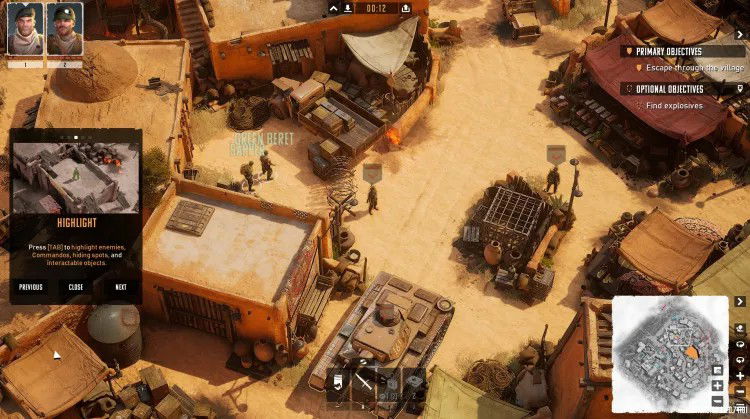
Command Mode: The Big Innovation
Inspired by Desperados 3, Command Mode allows you to freeze time and program simultaneous actions for multiple characters. This tool is essential for synchronizing assassinations, distractions and sabotages, especially in missions with many enemies. Executing a perfect plan is extremely satisfying, it can seem difficult at first glance and the learning curve requires patience, but once we get the hang of it, we feel like Sherlock Holmes himself solving a puzzle.
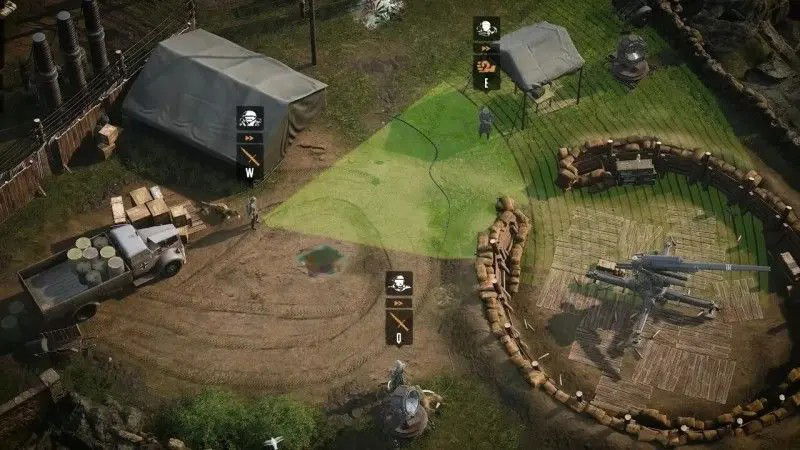
Cooperation and Replayability
For the first time in the series, the co-op mode for two players (online or local) brings strategic elements, such as dividing tasks. One player, for example, can be tasked with infiltrating and creating distractions while the other stealthily eliminates enemies. However, communication between the two must be impeccable to avoid mistakes, such as alerting a patrol. Secondary objectives can be a great incentive to replay the level and complete all objectives (e.g., eliminating specific targets without killing regular soldiers). Even though some missions are linear and may limit the variety of possible approaches, the game rewards us when we manage to achieve every objective in the mission.
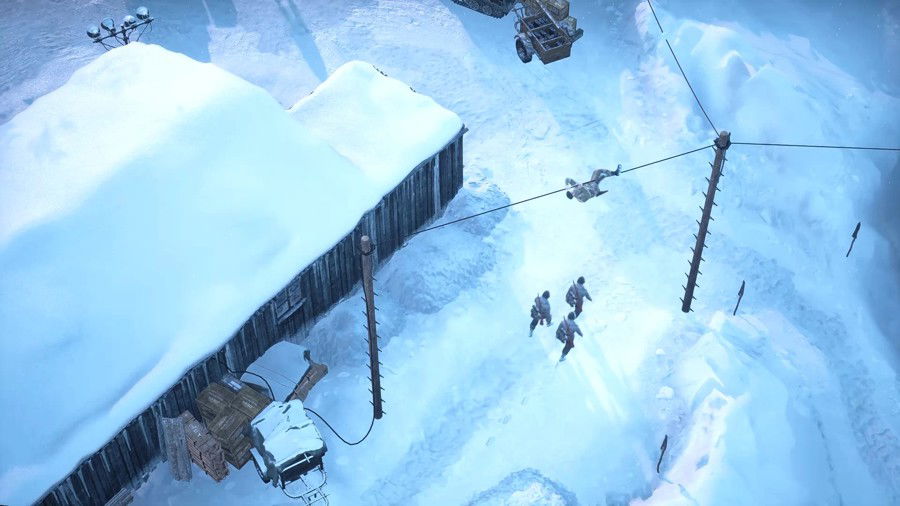
Graphics and Sound: Visual Beauty vs. Technical Issues
Using Unreal Engine 5, the game offers extremely detailed and immersive scenarios, such as snow-covered Arctic bases and African deserts under the scorching sun. The smooth transition between indoor and outdoor environments (without loading screens) makes the game more fluid, and interactive elements, such as footprints in the snow and shadows, increase the immersion. Another thing that caught my attention was the option to switch between historically accurate symbols or censored versions, something that was a great positive point by the development team for sensitive people.
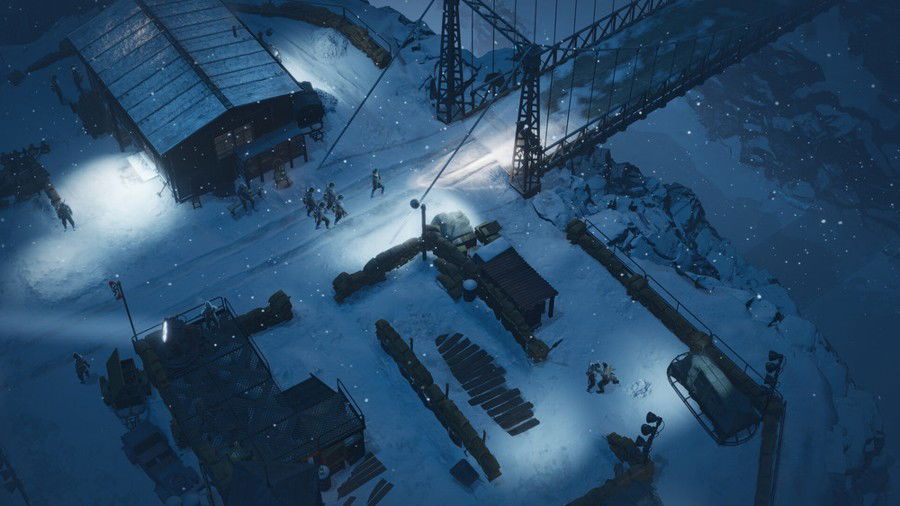
Bugs and Optimization
Despite the game's artistic beauty, Commandos: Origins can end up being a limited experience for some players with technical issues:
Inconsistent AI: Enemies ignore fallen bodies (an unacceptable thing for the series), enemies don’t investigate explosions, which are notoriously audible (another thing that makes the game easier, but is frustrating), and the soldiers have predictable patterns, something that was common in the first games, but could’ve been refined with the current mechanisms. Something that caught my attention was in a mission in the Arctic, enemy soldiers continued to patrol an electrical cable even after a colleague was electrocuted.
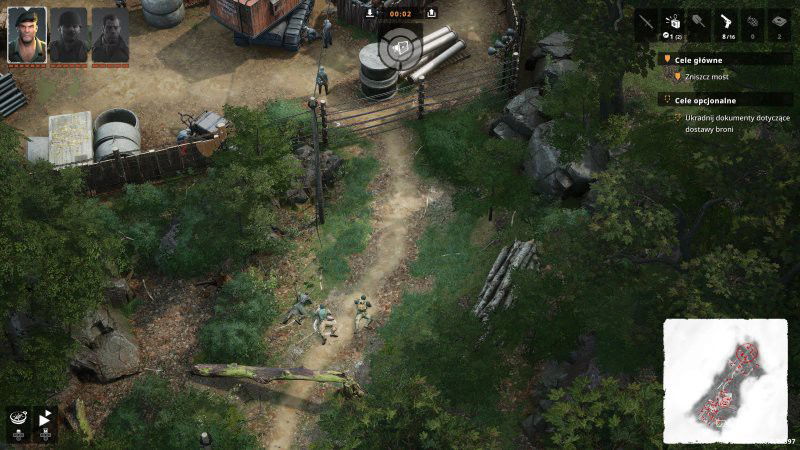
Performance Issues: I played the console version on the Xbox Series and had a great experience, but PC users with more powerful machines, running the game at maximum quality, reported FPS drops and frequent crashes, even on robust hardware (e.g.: RTX 3060). Another complaint was the lack of DLSS/FSR support, which especially compromised large maps.
Visual Bugs: Some people reported broken animations such as bodies contorting in absurd ways, glitchy collisions and characters getting stuck on stairs. I didn't experience any of these issues on the console, so it could be something related to the PC version!
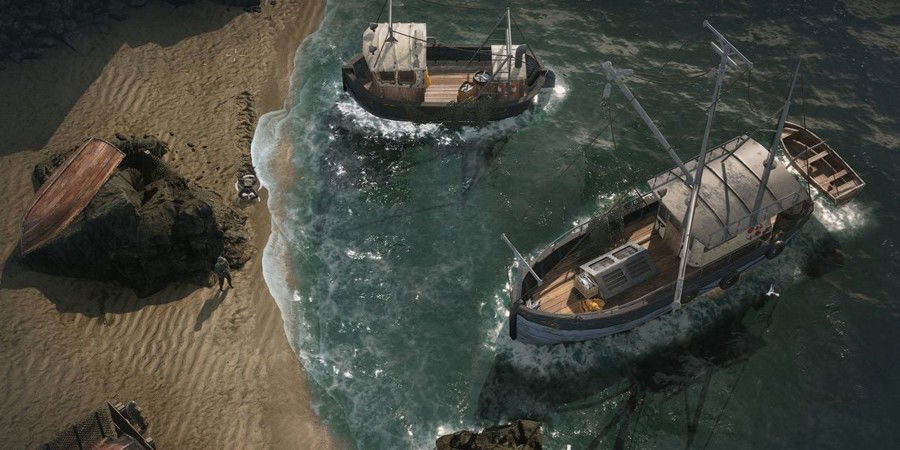
Narrative: A Missed Opportunity?
Although the premise of exploring the origins of the squad is wonderful, the execution doesn't go into much depth, ending up more superficial. Cutscenes between missions are very generic, and focus on contextualizing the mission objectives, such as, for example, "destroy a bridge". They could ideally develop the characters' personalities and tell more about their stories and motivations. The dialogues are short and many are clichés from action movies (e.g.: "Consider it Done"), which makes the characters stereotyped as "tough soldiers", and doesn’t explore their war traumas.

The story is very linear, with no emotional moments or narrative twists, making it so that the entire story of the game ends up serving as a backdrop for the action. Even though it’s a characteristic of the series to have little story, to my eyes they’ve missed the opportunity to bring more depth into the game, making links to future games in the series.
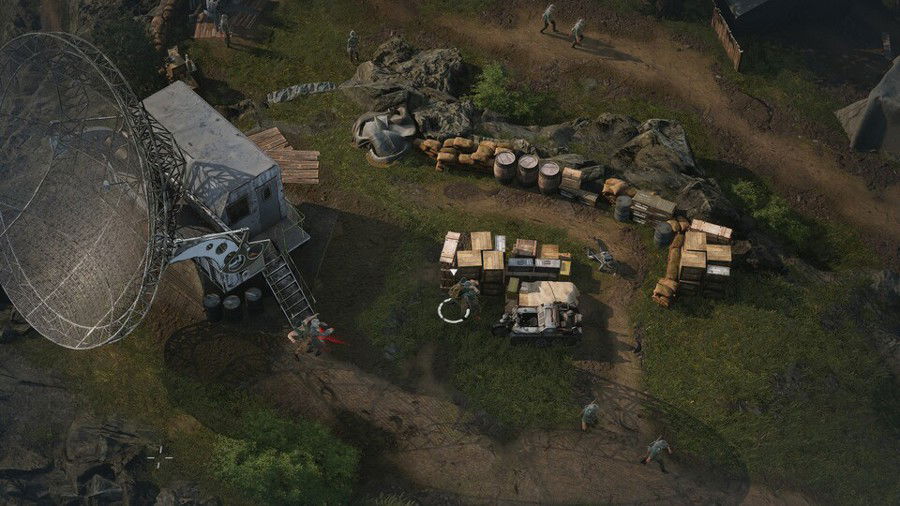
Legacy: Respect for the Roots with a Lack of Boldness
Commandos: Origins draws directly from the classic source, keeping the mission structures based on stealth and coordination. However, the game fails to innovate: while Desperados 3 (a direct competitor) introduced mechanics such as dragging bodies and dynamic alert systems, Origins stuck to the series' conservative formulas. The game's poorly developed AI becomes evident when compared to games which have reinvented themselves such as Hitman, where enemies react to environmental changes organically.
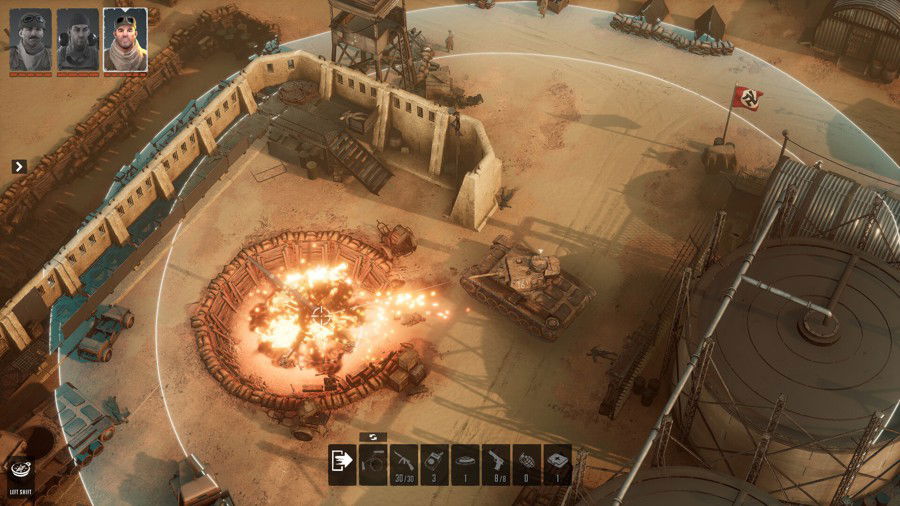
The Weight of Nostalgia
For fans of the series (like me), the game is a worthy and nostalgic tribute, with visual and mechanical references that bring back memories of the original titles. Classic skins (available in the Deluxe Edition) allows us to relive the look of Commandos 2, something that really pleased me. However, the reliance on nostalgia can make new players uncomfortable in the face of technical and visual flaws.
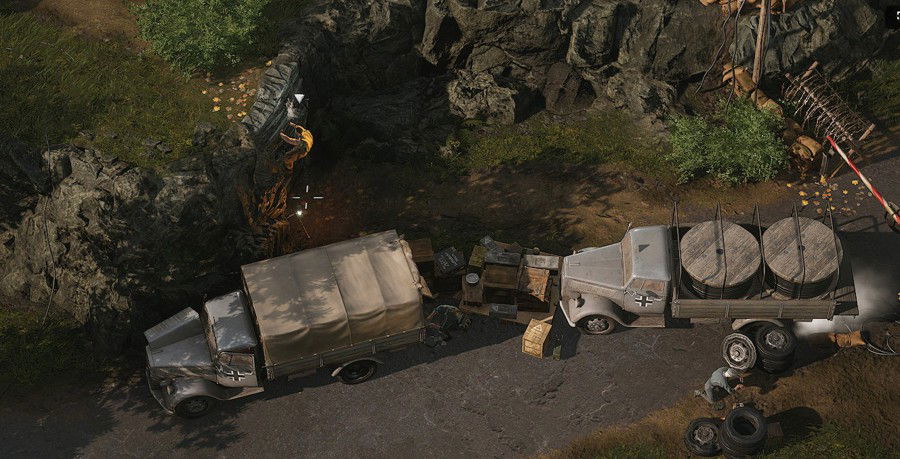
Technical Aspects: Difficulty and Save System
The difficulty of Commandos: Origins is honest. If you make even the slightest mistake, such as a misstep, it’ll result instantly game over. The quicksave system is essential, but saving your game at inappropriate times (e.g. during climbs) can compromise your progress, forcing you to restart entire missions. The absence of autosave (a characteristic of the series) is justified by the trial-and-error genre and requires discipline and memory from the player.
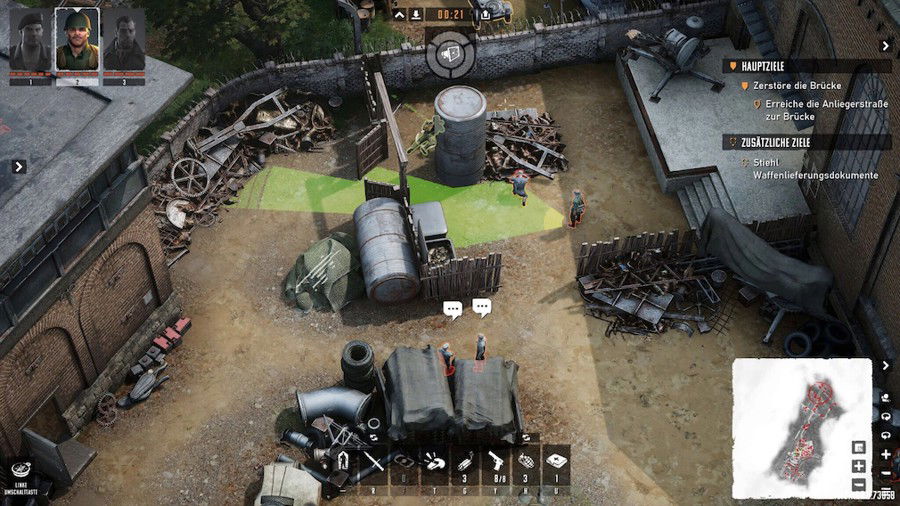
Pros and Cons
Pros
Cons
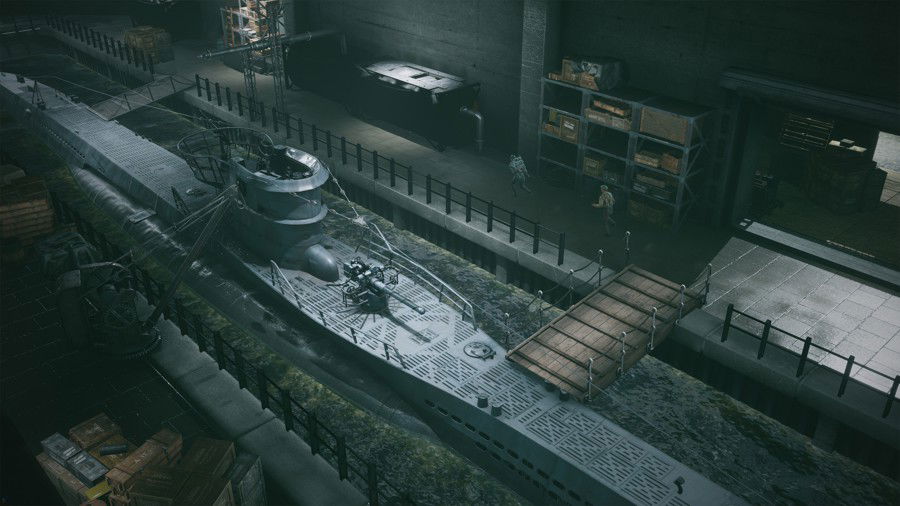
Conclusion: Is Commandos: Origins worth playing?
Yes, it is! Commandos: Origins is a great experience for fans of the series. It's a nostalgic celebration with more modernized mechanics and nostalgia-filled challenges. However, the lack of narrative prevents it from shining within the genre. If you're willing to face pure strategy, this is a great game for that.
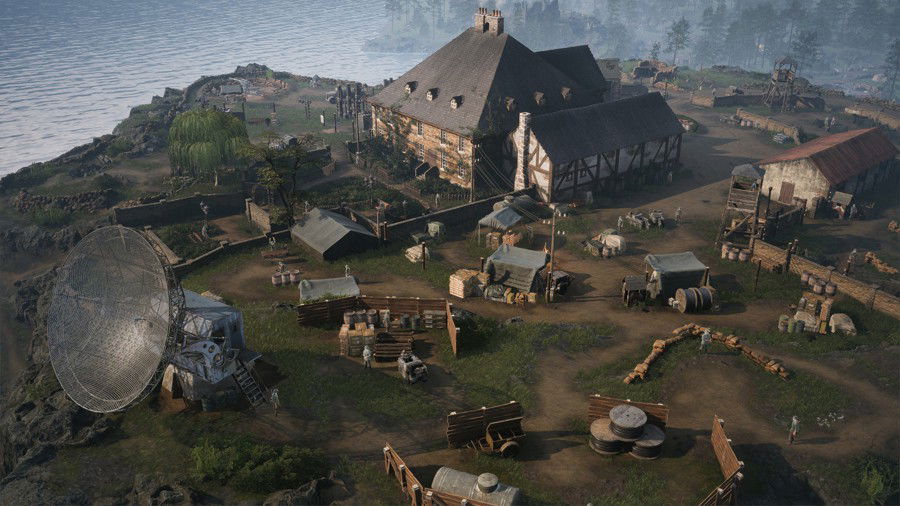
Commandos: Origins is available on PC, PS5, Xbox Series X/S; PS4/Xbox One (expected for late 2025).
The Deluxe Edition: Includes classic skins, soundtrack, and a Green Beret 3D model.
Availability on Xbox Game Pass: Available at launch for subscribers.














— تعليقات 0
, ردود الفعل 1
كن أول من يعلق